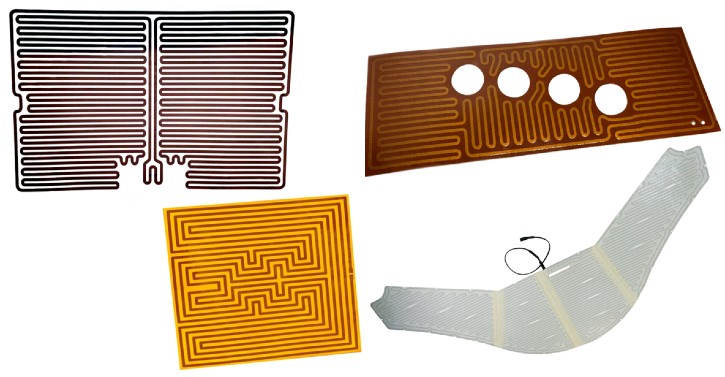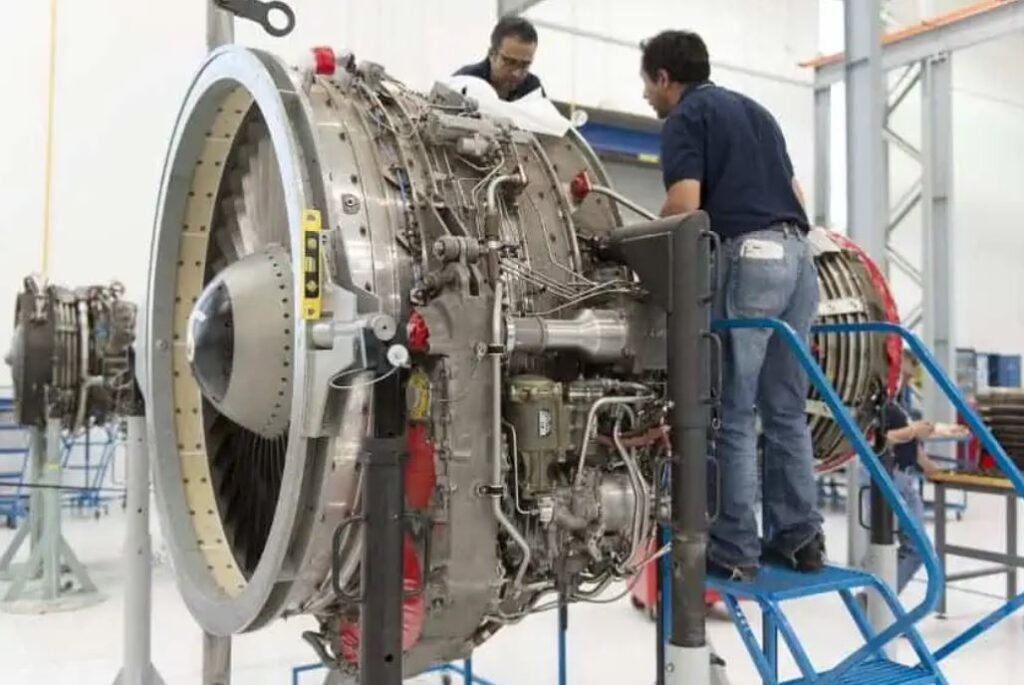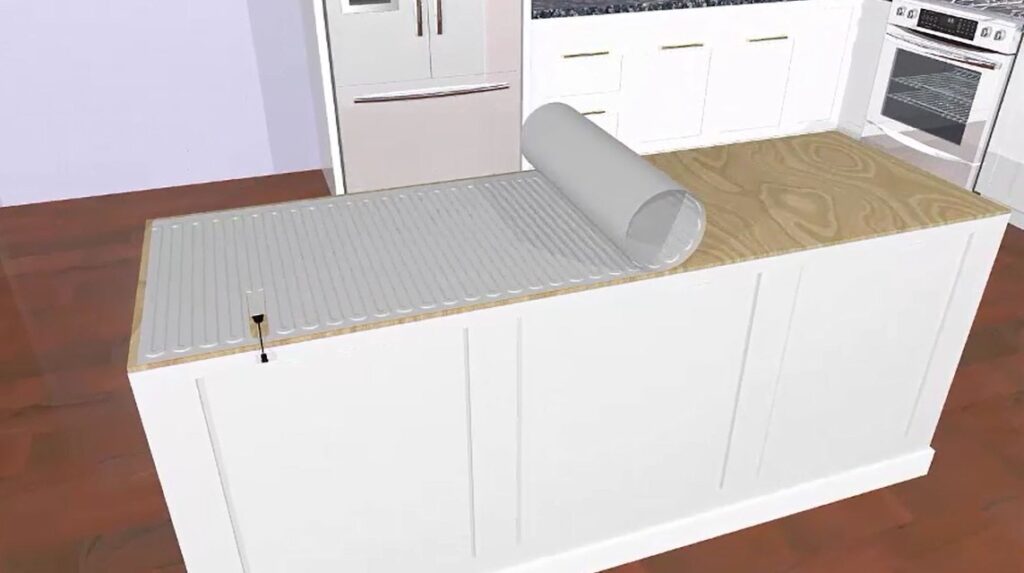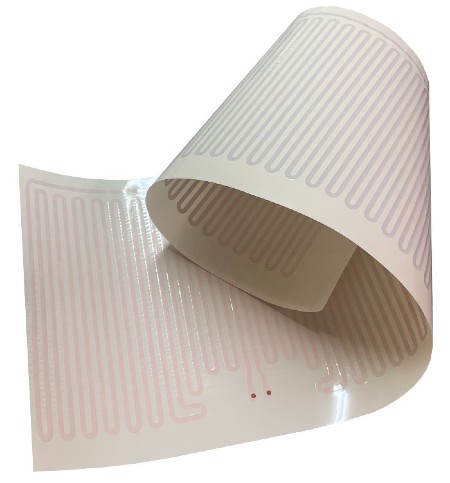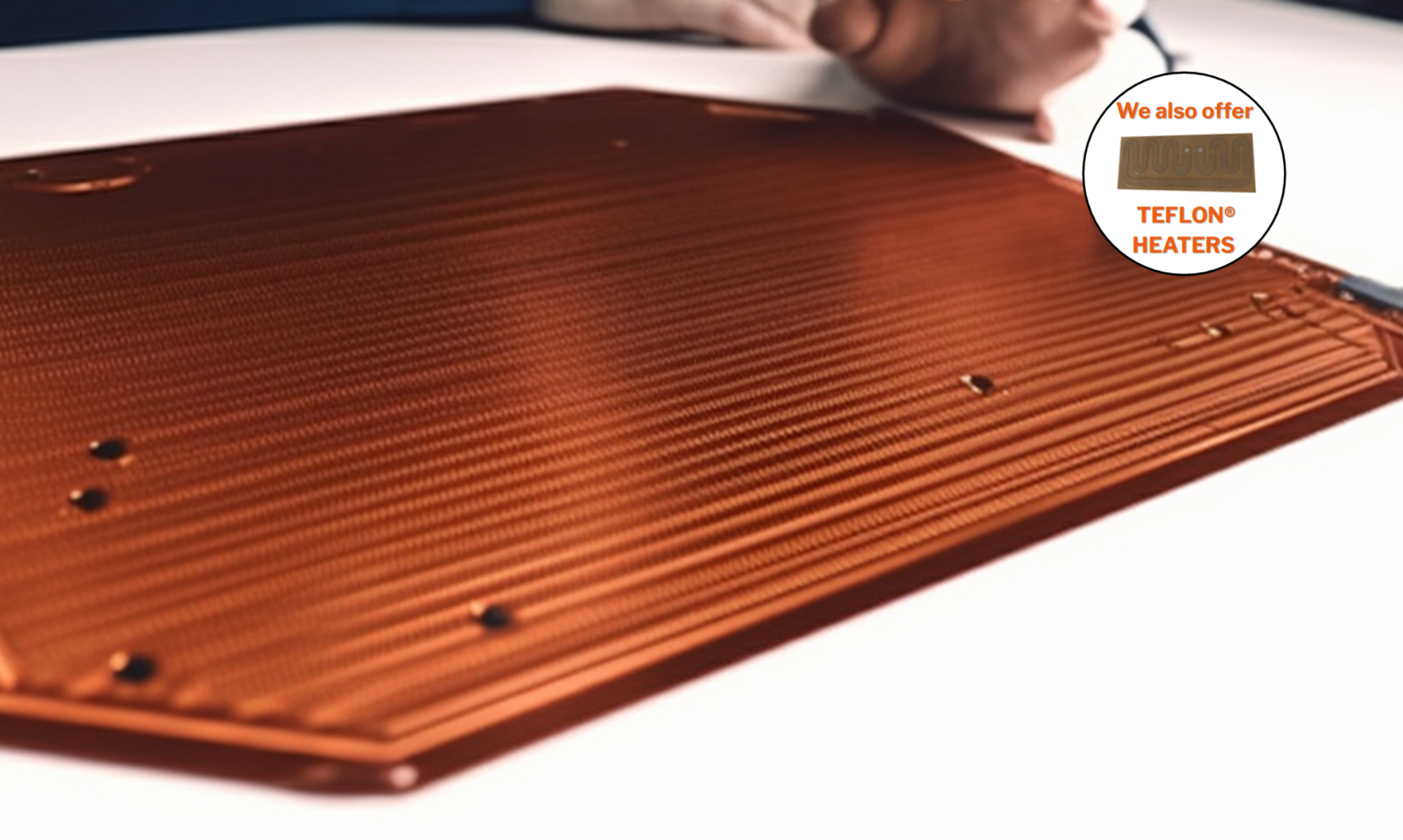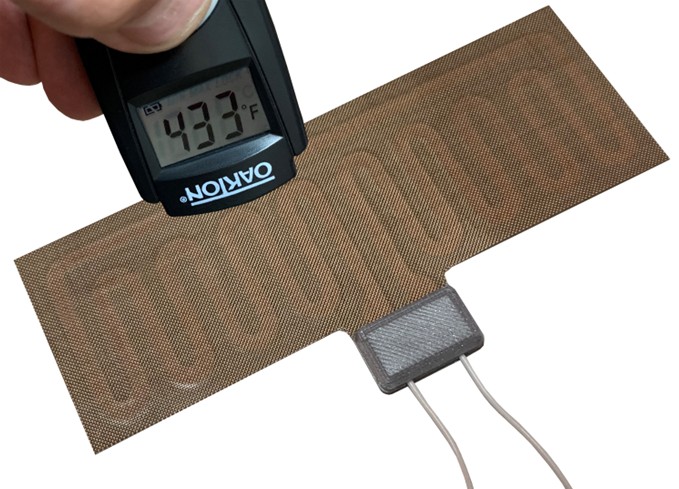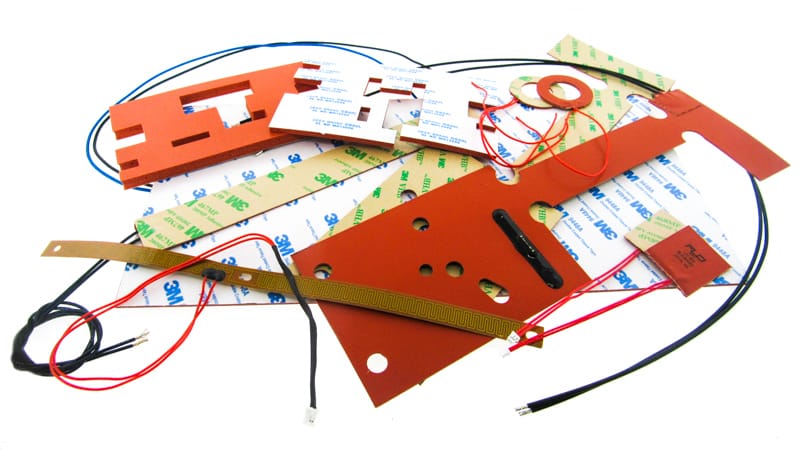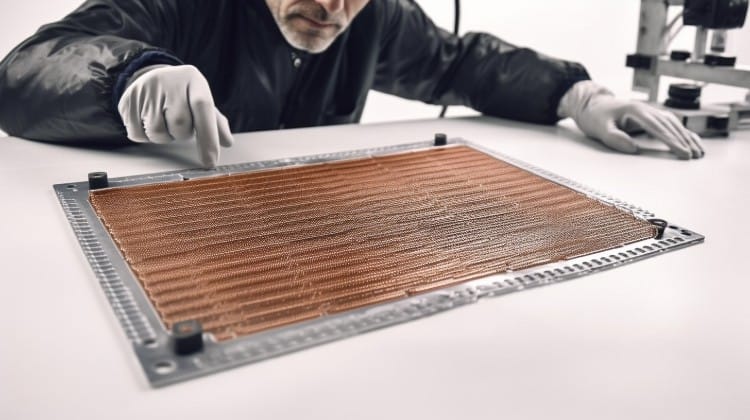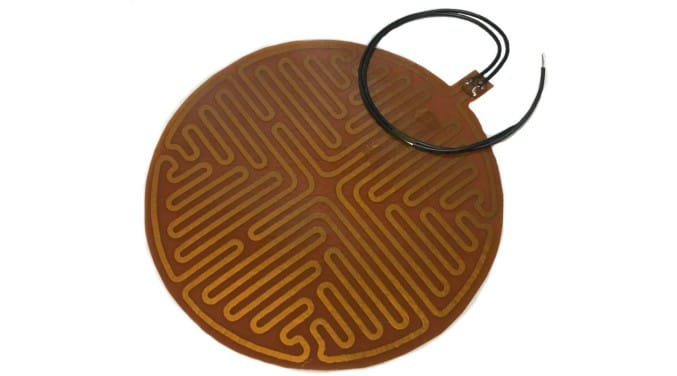
Source
Imagine a world where you’re constantly pushing the boundaries of innovation, seeking new ways to make everyday objects more efficient and reliable. You’ve just stumbled upon one such groundbreaking technology: polyimide heaters.
As experts in this field, we know that these flexible heating solutions are transforming industries across the globe, from aerospace to medical devices. If you have an innate desire for progress and improvement, then buckle up! We’ll take you on a journey through the fascinating world of polyimide heaters.
Now, what exactly is a polyimide heater? In simple terms, it’s a thin-film heater made with polyimide – an advanced polymer known for its impressive thermal stability, flexibility, and lightweight properties. This unique combination makes them perfect for applications where space constraints or weight limitations pose challenges.
But wait till you discover how they perform under extreme conditions! These heaters can withstand temperatures as low as -200°C (-328°F) and as high as 260°C (500°F), ensuring consistent performance even when faced with some of the harshest environments imaginable.
Join us as we delve deeper into this remarkable technology that’s revolutionizing industries left and right.
The Science Behind Polyimide Heaters
 Source
Source
Polyimide heaters are a marvel of material innovation that have transformed industries by offering lightweight, durable, and highly efficient heating solutions.
At the heart of this invention lies polyimide chemistry which combines exceptional thermal stability with impressive mechanical properties. This unique combination has led to the development of flexible heaters capable of operating in extreme temperatures and environments where other materials would simply fail.
In order to appreciate the ingenuity behind these heaters, one must delve into the world of polyimide chemistry. Polyimides are high-performance polymers characterized by their ability to withstand intense heat while maintaining excellent electrical insulation properties.
The process involves creating long chains composed of imide monomers linked together through covalent bonds, resulting in a robust yet flexible structure. It is this flexibility that allows for the creation of thin films which can be tailored to specific applications, such as conforming to intricate geometries or providing uniform temperature distribution across surfaces.
As we continue to push boundaries and explore new frontiers in technology, there’s no denying that polyimide heaters will play an increasingly important role in shaping our future endeavors. Whether it’s aerospace engineering or medical devices, these versatile heating elements offer endless potential for innovation across multiple domains.
So next time you come across a piece of cutting-edge equipment relying on precise temperature control, remember that it might just have been made possible thanks to the remarkable science behind polyimide heaters.
Key Advantages And Features
Imagine the possibilities of a heating solution that is not only lightweight and versatile, but also offers exceptional thermal performance. This dream becomes reality with polyimide heaters! These remarkable devices are designed to provide efficient heat transfer in various applications while maintaining their form, making them an ideal choice for industries seeking innovation.
One of the key advantages of polyimide heaters is their flexible integration into diverse systems. Their thin profile allows them to be easily incorporated into tight spaces where traditional heaters may not fit. Additionally, they can be customized to meet specific requirements such as voltage, wattage, shape, and size – providing tailored solutions that cater to engineers’ unique needs.
Moreover, these heaters exhibit outstanding dielectric strength and excellent chemical resistance, ensuring long-lasting performance even under harsh conditions.
Another impressive feature of polyimide heaters is their rapid response time due to low thermal mass. They can achieve desired temperatures quickly and maintain consistent heat distribution across surfaces without significant temperature fluctuations. Furthermore, this reduces energy consumption as the heater operates more efficiently than bulky alternatives.
With all these fantastic benefits at hand, it’s no wonder why polyimide heaters continue capturing the interests of innovative minds looking for advanced heating solutions that drive efficiency and progress within their respective fields.
Applications In Various Industries
As experts on polyimide heaters, we can provide you with a more thorough understanding of their usage in various industries. Polyimide heaters have been used in the aerospace industry to reduce weight and improve fuel efficiency.
In medical applications, polyimide heaters are often used to heat sensitive equipment. When it comes to the automotive industry, polyimide heaters are great for heating car engines, as well as other automotive components.
Aerospace
 Source
Source
Polyimide heaters have become increasingly essential in the aerospace industry, as they offer incredible versatility and reliability when it comes to thermal management.
As an expert in polyimide heater technology, I can attest to the numerous benefits these lightweight, low-profile heating solutions provide for a wide range of applications within this sector.
From satellite systems to aircraft instrumentation, polyimide heaters play a pivotal role in ensuring optimal performance while withstanding harsh environmental conditions.
One crucial application area is aerospace insulation. In order to maintain consistent temperature control for sensitive electronics and components during flight or space travel, high-performance insulators are necessary. Polyimide heaters deliver exceptional heat distribution across large surfaces, making them ideal candidates for use in aerospace insulation. With their ultra-thin design and excellent resistance against radiation exposure, they’re perfect for integrating into advanced spacecraft materials where every inch and ounce counts.
Another key aspect of aerospace innovation lies in effective spacecraft thermal management – which is vital for maintaining operational efficiency on long-duration missions or those subjected to extreme temperature fluctuations.
The unique properties of polyimide heaters enable engineers to create tailored solutions that ensure seamless temperature regulation throughout various stages of launch, orbiting maneuvers, and atmospheric re-entry events. These cutting-edge devices contribute significantly towards enhancing safety measures and mission success rates – ultimately paving the way for new frontiers in human exploration beyond our planet’s boundaries.
So next time you hear about groundbreaking discoveries made by astronauts or innovative satellites orbiting Earth, remember the humble yet powerful polyimide heater playing its part behind the scenes!
Medical
 Source
Source
While the aerospace industry benefits immensely from polyimide heater technology, it’s not the only sector reaping its rewards. The medical field is another area where these incredible heating solutions have made a significant impact on device integration and patient care.
As an expert in this domain, I can vouch for their immense potential to revolutionize healthcare by ensuring optimal temperature control during intricate procedures.
Polyimide biocompatibility makes them ideal candidates for use within various medical applications. They’re thin, flexible, and possess excellent thermal properties that allow precise heat distribution – making them perfect for integration into complex devices such as surgical tools or wearable health monitors. In addition, their low outgassing characteristics help maintain sterile environments required in operating rooms or laboratories.
So when you hear about life-saving surgeries being performed using cutting-edge equipment or innovative non-invasive treatments gaining traction worldwide, remember the unsung hero – the polyimide heater – working diligently behind the scenes to ensure seamless performance and safety of both patients and medical professionals alike.
Automotive
 Source
Source
But don’t think for a second that the impressive applications of polyimide heaters stop there! In fact, they’re also making quite a splash in the automotive industry.
As vehicles become more advanced and incorporate cutting-edge technology to improve efficiency and sustainability, these flexible heating elements have found their place under the hood – literally.
Flexible assembly is key when it comes to integrating polyimide heaters into various automotive components, from sensors used to monitor engine performance, to electric vehicle batteries requiring temperature regulation for optimal function.
The use of sustainable materials like polyimide contributes significantly to reducing environmental impact while maintaining top-notch performance levels.
Considering the growing demand for electric vehicles and greener transportation options worldwide, this innovative application of polyimide heaters plays an essential role in pushing boundaries and setting new standards in the automotive sector.
So whether you’re fascinated by groundbreaking surgical procedures or envisioning a future where electric cars dominate roadways, remember that these advancements wouldn’t be possible without the unparalleled versatility and effectiveness of polyimide heaters.
Their presence across multiple industries serves as proof not only of their incredible potential but also our relentless pursuit of innovation at every turn.
Overcoming Space And Weight Challenges
As we’ve seen, polyimide heaters have a wide range of applications across various industries. Their versatility and adaptability make them an ideal solution for overcoming the limitations that come with space and weight constraints in many different systems.
With flexible installation options and customizable shapes, these heaters are revolutionizing how we approach heating challenges. Polyimide heaters’ thin and lightweight nature allows for flexible installation even in tight spaces or on irregular surfaces where traditional heaters might not be suitable. This flexibility is crucial when designing innovative products or upgrading existing technologies to improve performance while minimizing size and weight impact.
In addition, their unique construction offers minimal outgassing properties, making them highly compatible with sensitive environments such as aerospace, semiconductor manufacturing, and medical devices. Customizable shapes further enhance the benefits of using polyimide heaters by offering engineers the ability to tailor heater design according to specific application requirements.
Whether it’s integrating complex geometries into pre-existing assemblies or creating entirely new designs from scratch, the possibilities are virtually endless. As the demand for innovation continues to grow in all sectors of technology, you can expect polyimide heaters to play a pivotal role in advancing our abilities to overcome space- and weight-related obstacles through creative problem-solving approaches.
Performance Under Extreme Conditions
One of the most remarkable aspects of polyimide heaters is their extreme durability and ability to thrive under harsh conditions. These cutting-edge heating devices are designed with high-quality materials that can withstand a wide range of temperatures, making them ideal for use in various industries where temperature resistance is critical.
Polyimide heaters excel in applications such as aerospace, medical equipment, and electronics manufacturing due to their thin and flexible nature, allowing them to conform closely to complex surfaces while still providing consistent heat distribution.
Additionally, the superior thermal properties of polyimide enable these heaters to achieve rapid thermal response times. This means they can quickly adapt to rapidly changing environmental conditions or requirements without any loss in performance or reliability.
As experts in this field, we understand how crucial it is for businesses working within demanding environments to have access to innovative solutions like polyimide heaters that consistently deliver outstanding results.
By harnessing the power of polyimides’ advanced capabilities, companies can ensure that their processes remain efficient even when faced with challenging situations.
As technology continues to advance at an impressive pace, so too does our understanding of just how valuable these extraordinary heaters truly are.
In fact, recent developments suggest that we may have only scratched the surface regarding what’s possible with polyimide heater technology!
The ongoing research into new applications and advancements will undoubtedly lead us toward even more groundbreaking discoveries – further solidifying the status of polyimide heaters as indispensable tools for those seeking unwavering resilience amidst adversity.
So whether your project demands exceptional endurance or unparalleled adaptability under duress, look no further than these incredible heating elements; they’re built for success against all odds.
The Future Of Polyimide Heating Technology

Source
As we’ve seen, polyimide heaters provide exceptional performance under extreme conditions. Their unique properties make them ideal for a wide range of applications and environments. But what does the future hold for this incredible technology?
With flexible innovation becoming increasingly important in modern industries, it’s safe to say that the potential is vast. Sustainable solutions are at the forefront of research and development in many sectors, and polyimide heating technology is no exception. Advancements in materials science have led to more efficient designs with longer lifespans while maintaining their lightweight form factor.
In turn, these improvements help reduce waste and promote sustainability across various industries. Furthermore, as the demand for eco-friendly products grows, so too will the need for cutting-edge technologies like polyimide heaters that offer both durability and energy efficiency. Looking ahead, one can only imagine how far-reaching the impact of polyimide heating technology could be.
From aerospace to medical devices, its versatility has proven time and again that there are virtually no limits when it comes to application possibilities. As researchers continue to push boundaries by exploring new ways to harness its remarkable characteristics, we’re sure to see even more creative uses emerge – solidifying polyimide heaters’ place among today’s most innovative technological advancements.
Conclusion
In conclusion, as experts in the field of polyimide heaters, we can confidently say that these innovative heating solutions offer numerous advantages over traditional alternatives.
Their lightweight and flexible nature allows them to be seamlessly integrated into a variety of applications across industries.
Furthermore, their ability to perform under extreme conditions showcases the immense potential for growth in the adoption of polyimide heating technology.
As researchers continue to explore new developments, we anticipate even more exciting advancements within this fascinating area.
